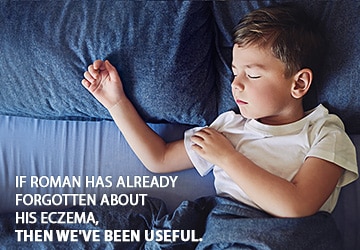Who is affected by eczema in the ears?
Ear eczema can affect a large number of people at any age. Ear dermatitis affects several parts of the ear:
- The auricle: this is the visible part of the ear, frequently affected by eczema, especially on the lobe;
- The ear canal: eczema of the ear canal is particularly bothersome since it is accompanied by pain, itching and even hearing loss;
- The retroauricular fold: this fold is located behind the ear and can quickly become inflamed, especially in children with skin fold eczema.
What causes ear eczema?
Most often, eczema in the ear is associated with atopic dermatitis and other eczema plaques on the skin . Children and adults with facial eczema often have associated damage to the ear.
Ear eczema sometimes equates to contact eczema that may be due to:
Ear eczema sometimes equates to contact eczema that may be due to:
- Hearing aids;
- Headphones or headsets;
- Fancy earrings;
- Excessive hygiene;
- Hair accessories or hair dye;
- Drops put into the ear canal, etc. Note that these different elements can also be additional factors of irritation.
How should you treat ear eczema?
Treatment of ear eczema requires medical advice. In fact, it may be another pathology such as otitis. After examination, the physician usually suggests treating ear eczema with medication drops and cortisone creams.
On a daily basis, limit the irritating factors, clean the ears using tepid water in the shower, dab dry.
On a daily basis, limit the irritating factors, clean the ears using tepid water in the shower, dab dry.

